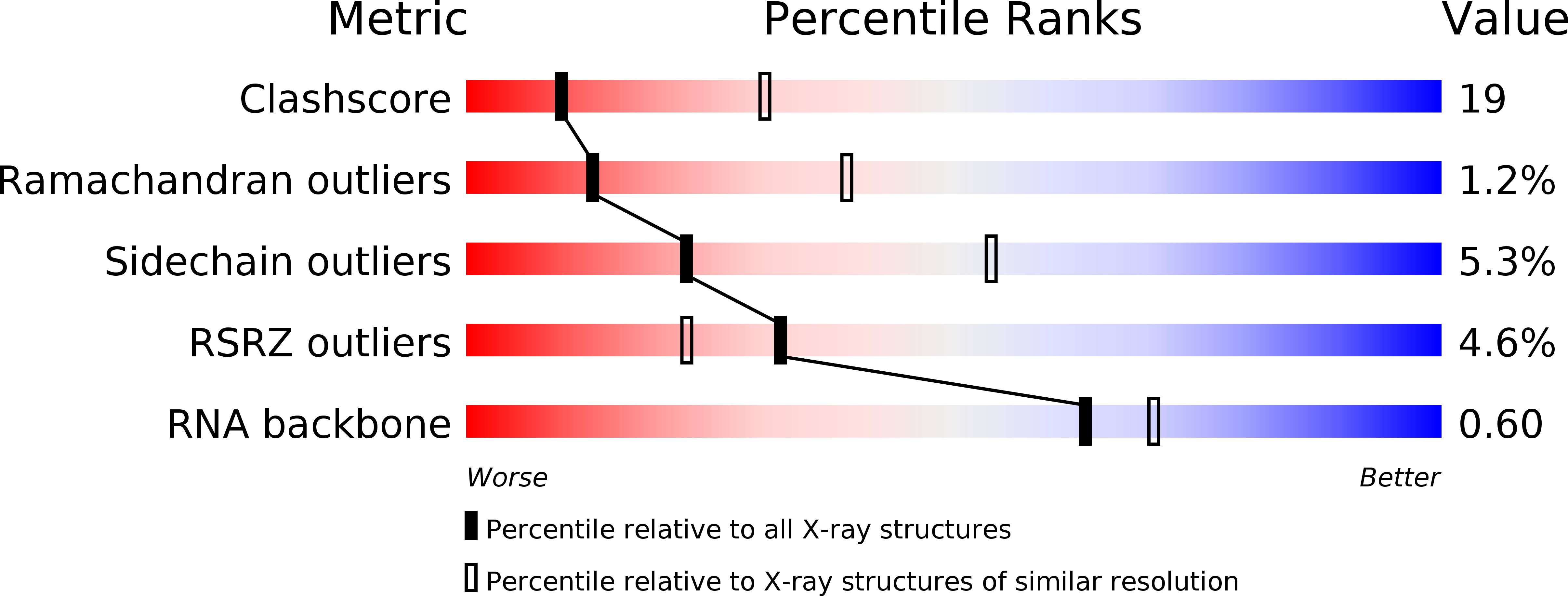
Deposition Date
2005-09-12
Release Date
2006-08-01
Last Version Date
2024-10-09
Entry Detail
PDB ID:
2AZX
Keywords:
Title:
Charged and uncharged tRNAs adopt distinct conformations when complexed with human tryptophanyl-tRNA synthetase
Biological Source:
Source Organism:
Homo sapiens (Taxon ID: 9606)
Host Organism:
Method Details:
Experimental Method:
Resolution:
2.80 Å
R-Value Free:
0.25
R-Value Work:
0.20
R-Value Observed:
0.21
Space Group:
I 21 21 21


